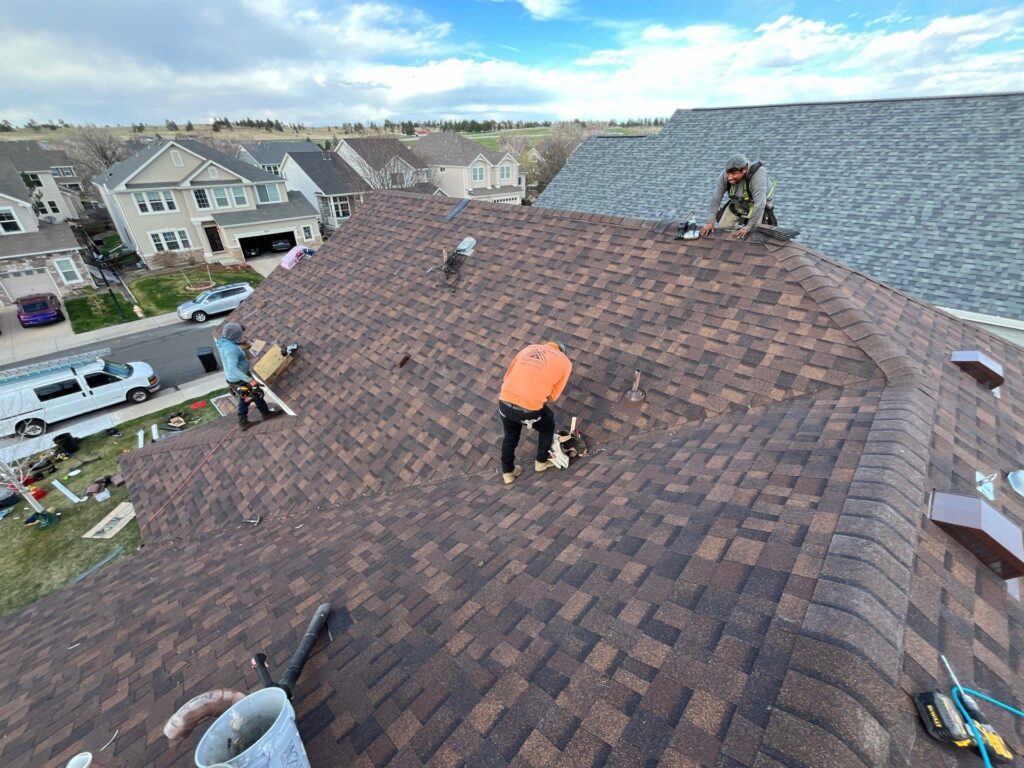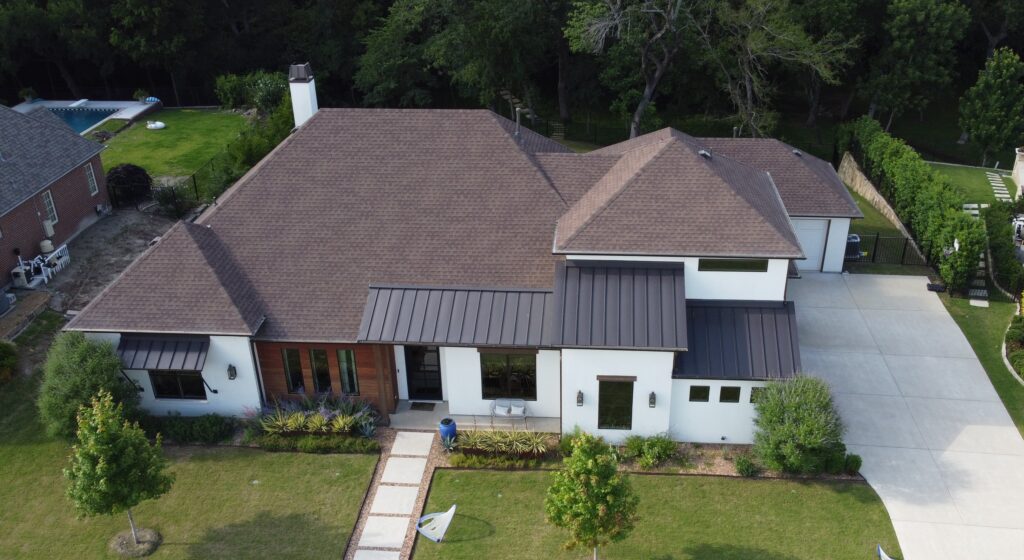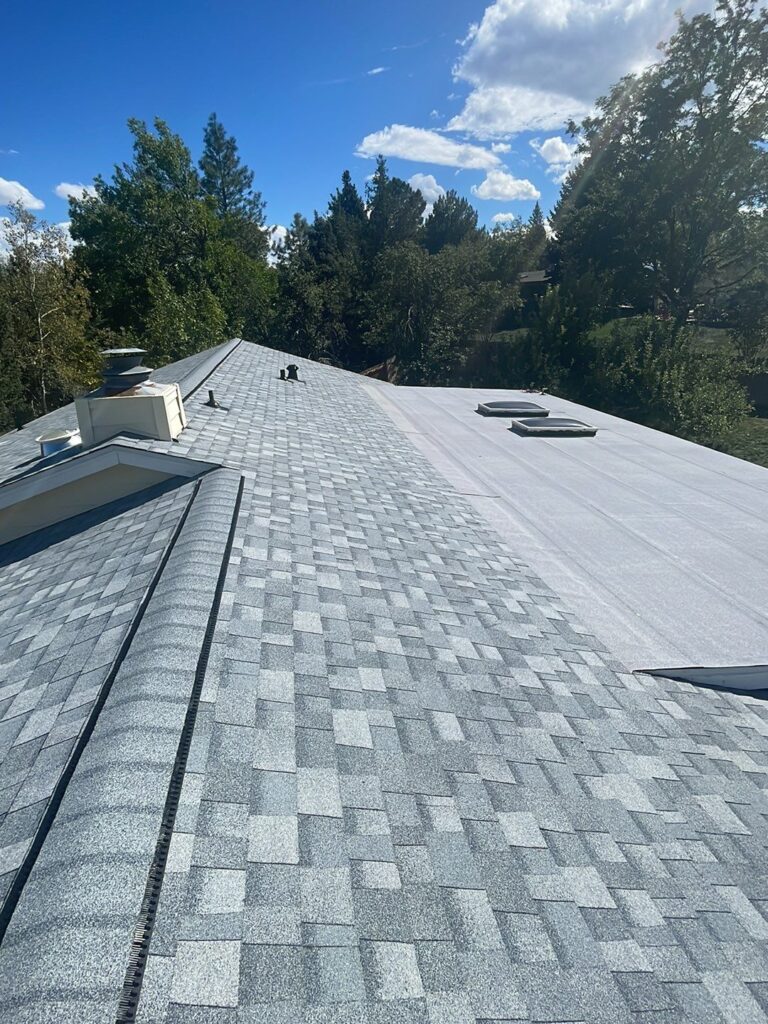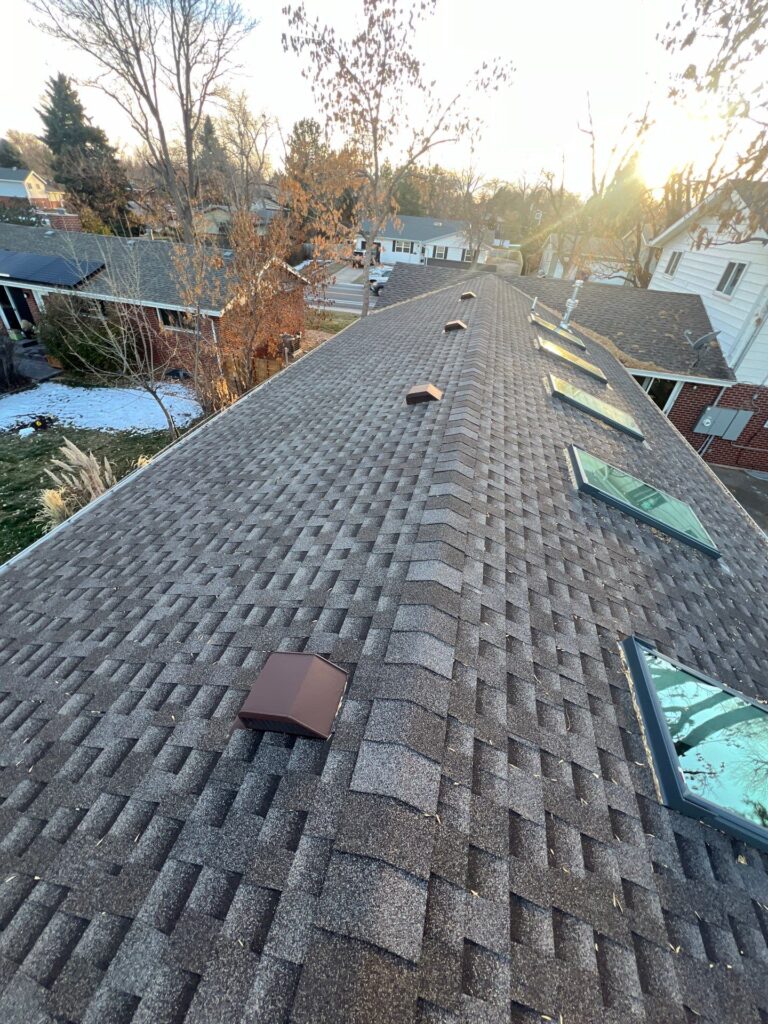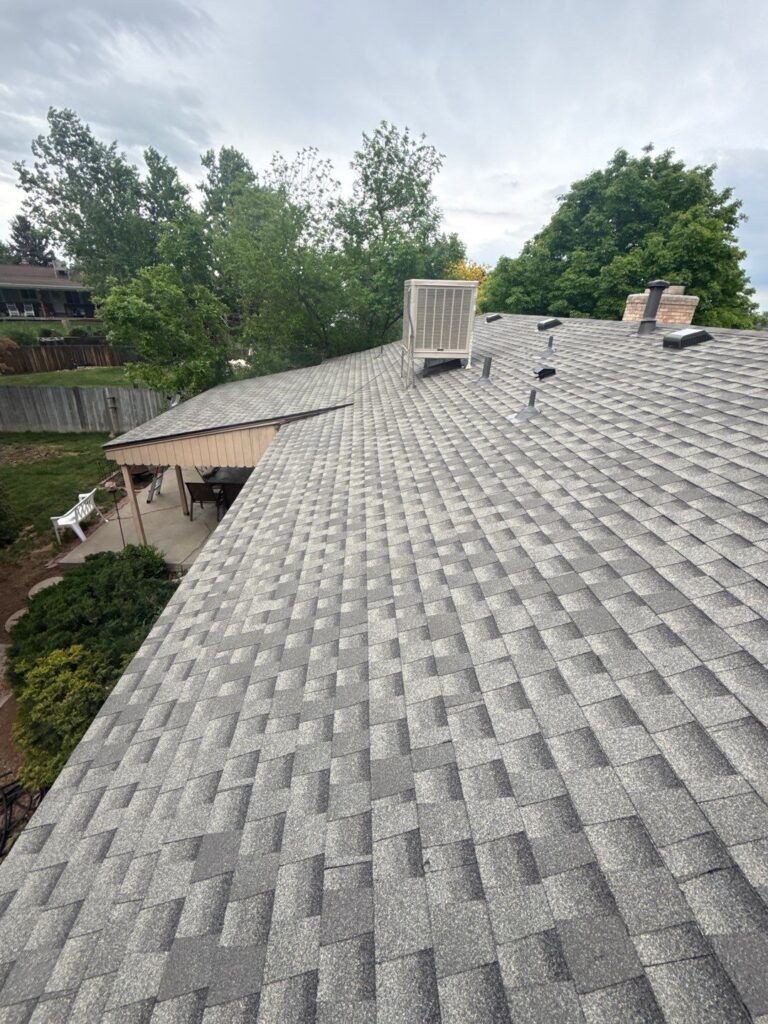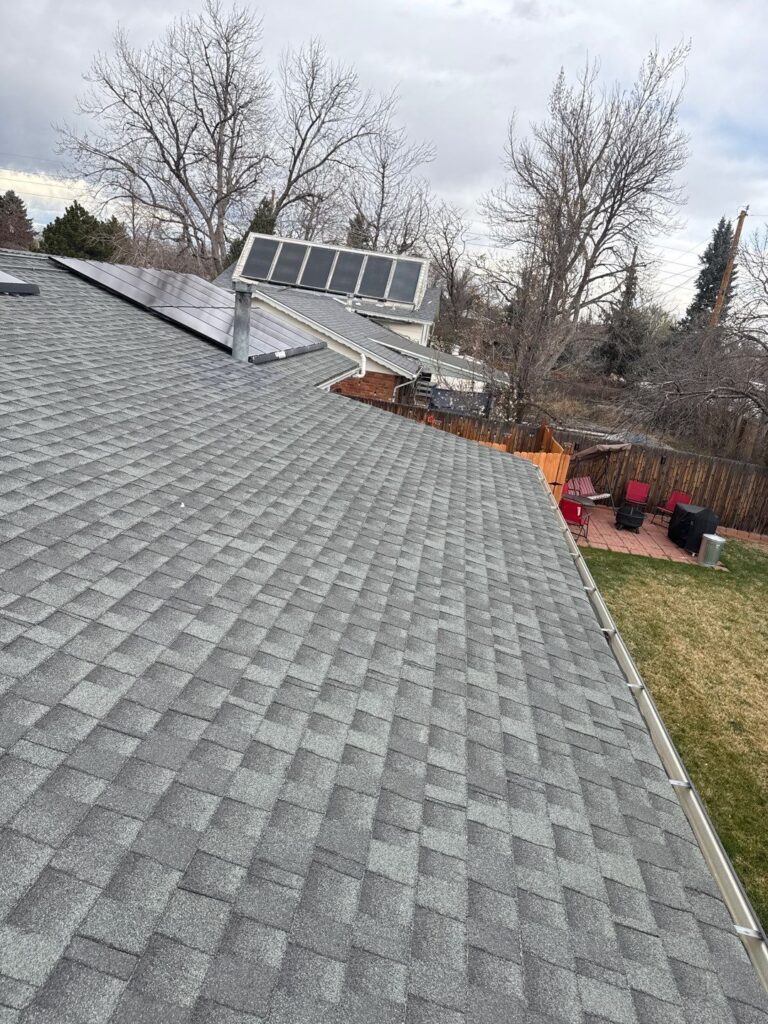Top Reasons to Prioritize Roof Repairs in Denver Today
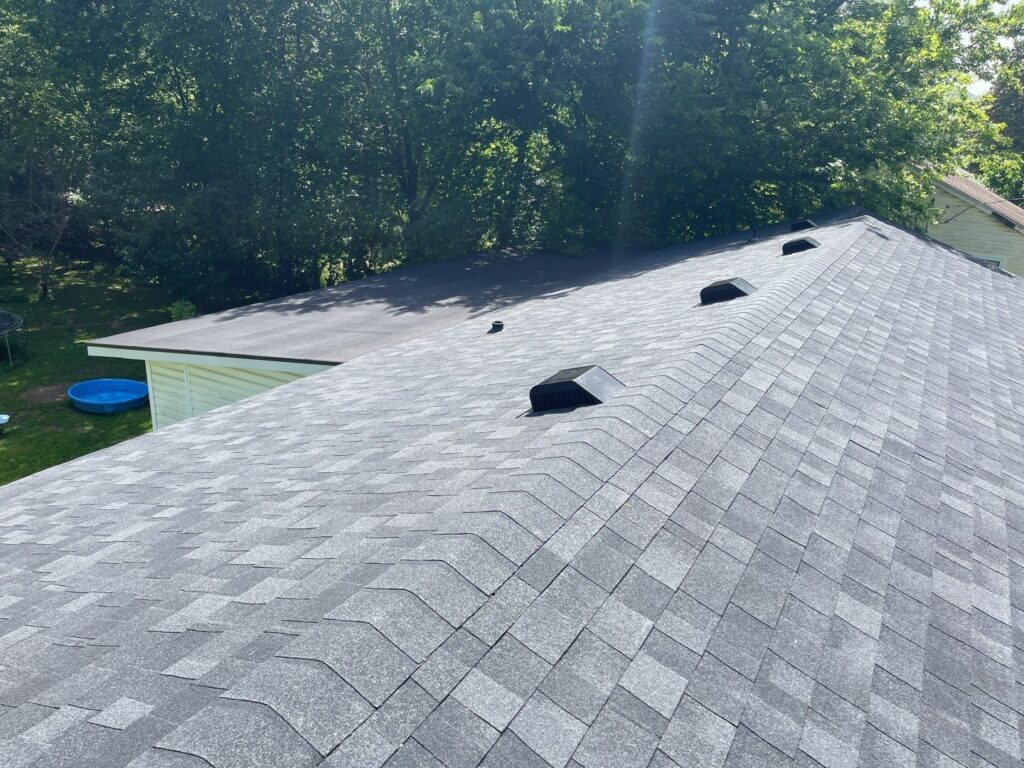
Timely roof repairs in Denver are critical for protecting your home, enhancing its efficiency, and preserving its value. The unique climate in Denver, Colorado, demands proactive maintenance to avoid costly damages and ensure long-term durability.
Protect Your Home’s Structural Integrity
Your roof is the first line of defense against Denver’s harsh weather. Even minor damage like cracked shingles or small leaks can allow moisture to penetrate, leading to wood rot, mold growth, and compromised structural components. Addressing repairs immediately prevents these issues from escalating and safeguards your home’s framework.
Improve Energy Efficiency and Reduce Utility Bills
When a roof is damaged, air can escape through gaps and cracks, forcing your heating and cooling systems to work harder. This not only drives up energy consumption but also results in higher utility bills. Professional roof repairs help seal your home properly, improving energy efficiency and creating a more comfortable living environment.
Increase Your Property’s Value and Curb Appeal
A well-maintained roof is a key selling point for any home. Buyers in Denver are quick to notice the condition of a roof, and homes with recent roof repairs often command higher prices. Keeping your roof in top shape with the help of experienced roofers in Denver ensures your property remains attractive to prospective buyers and maintains its market value.
Avoid Expensive Replacements Through Timely Repairs
Delaying necessary repairs can lead to extensive damage that may require a complete roof replacement. Proactively fixing minor issues helps extend the life of your roof and saves you from significant financial burdens down the road. Regular inspections and prompt repairs are essential strategies for protecting your investment.
Work With Trusted Roofing Experts
Choosing reputable roofing companies in Denver is crucial for lasting results. Tried and True Roofing, located in Denver, Colorado, provides dependable roofing solutions tailored to the local climate, ensuring that repairs are done right the first time and built to endure.
Conclusion
Investing in prompt roof repairs protects your home, improves energy efficiency, increases property value, and helps you avoid costly replacements. Partnering with experienced Denver roofers ensures your roof remains strong, secure, and ready to handle the challenges of Denver’s environment.
Top Reasons to Prioritize Roof Repairs in Denver Today Read More »


